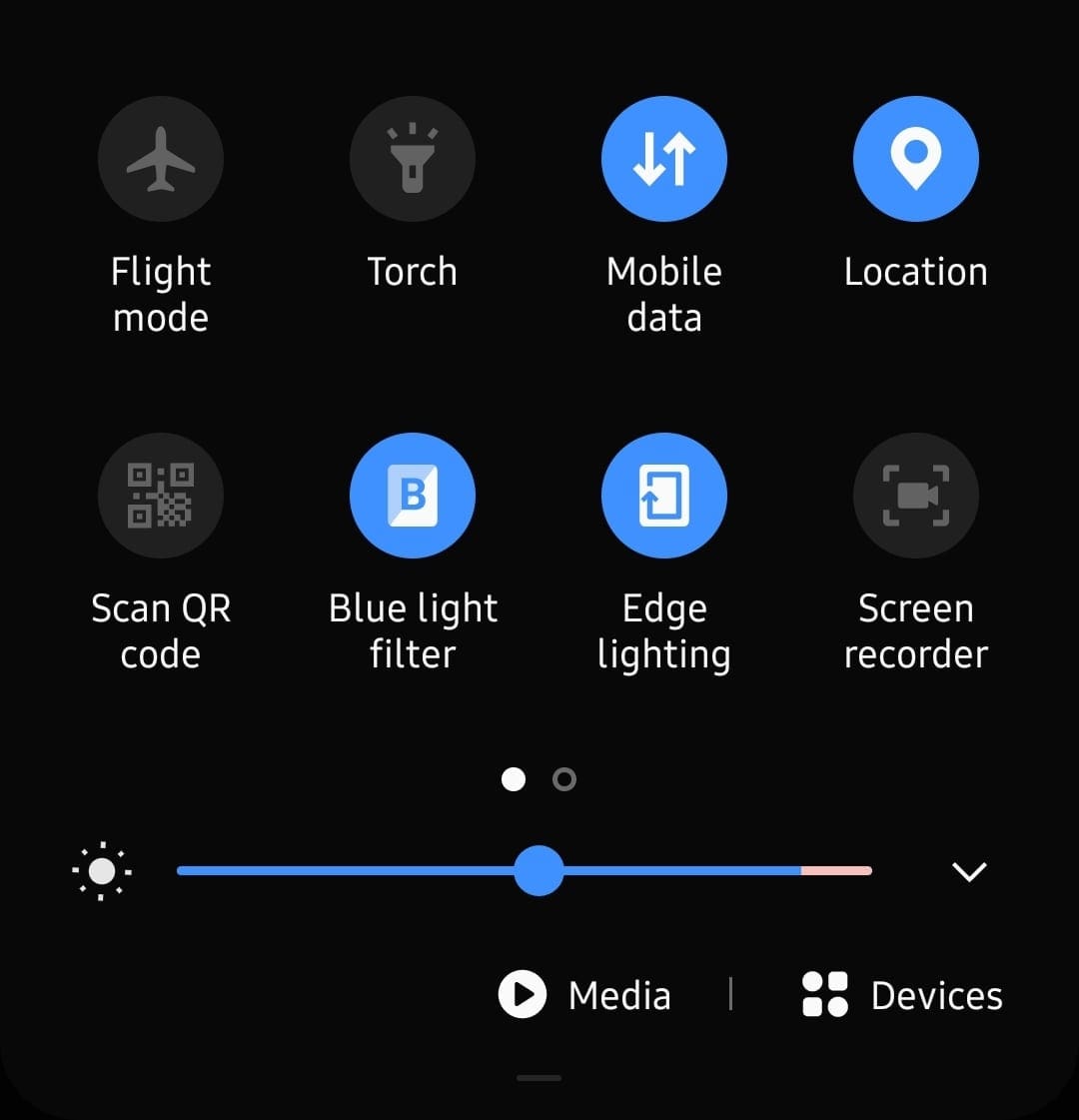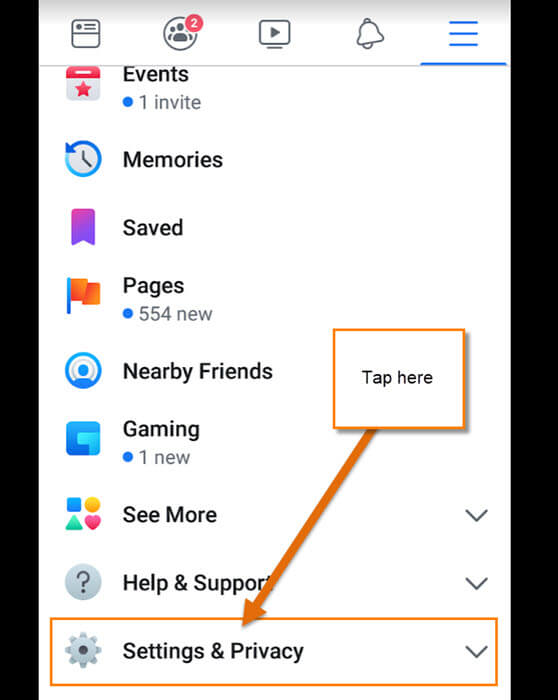

- #DISKKEEPER TURN OFF ACTIVE INSTALL#
- #DISKKEEPER TURN OFF ACTIVE UPDATE#
- #DISKKEEPER TURN OFF ACTIVE UPGRADE#
- #DISKKEEPER TURN OFF ACTIVE WINDOWS 10#

#DISKKEEPER TURN OFF ACTIVE UPDATE#
That's especially true for people who've been using PCs for decades and who have terrible memories of "bricking" a PC with a BIOS update that goes wrong. The trouble is, too many people are absolutely petrified at the prospect of updating their system firmware.
#DISKKEEPER TURN OFF ACTIVE UPGRADE#
As I learned from troubleshooting issues readers reported to me, several manufacturers released firmware updates in the months after that launch specifically to address upgrade issues.
#DISKKEEPER TURN OFF ACTIVE WINDOWS 10#
This is especially important when you're working with a system that was designed before the release of Windows 10 in 2015. One of my most common recommendations for people upgrading to Windows 10 is to check for system firmware updates. That's particularly true when habits are based on traumatic experiences, like a failed BIOS update that bricked a Windows PC, or when your favorite system tweaks have been engraved into your memory like a pilot's pre-flight checklist.Īs Windows 10 has evolved over the past few years, I've been paying close attention to feedback from readers, and I've assembled this list of outdated ideas that are still stubbornly popular. I can't remember if this is an option in the paid version of Puran.And yet those lessons, once learned, are hard to unlearn. There are defrag tools that run all the time defragmenting on the fly so to speak, so your system remains relatively fragmentation free. And my test was to see how it would handle the fragmented MFT and it reduced that from 4 fragments before the boot-time defrag to 2 after, why it didn't manage to get it to just 1 non-fragmented MFT I don't know. This it isn't something I would even consider doing every boot, pointless unless there is something that you can't defrag during normal windows operation. I have just done a boot-time defrag earlier as a test to see what it is like and on my system I didn't sit round to watch it all the way through, but it was done blisteringly fast and all I noticed was it doing the chkdisk function that I also had it run after the defrag. On modern hard disks and systems fragmentation is less of an issue, with fast hard disks and CPUs even 20% or higher will hardly be noticeable to the user. There really is little value in defragging on such a regular/daily basis, a waste of time. If you are interesting in finding when the last time was that the boot defrag was run, open up regedit and navigate to: "HKEY_LOCAL_MACHINE\SOFTWARE\Microsoft\Windows NT\CurrentVersion\Prefetcher" and then look for the key named "LastDiskLayoutTimeString". Windows keeps track of the last time it optimized the boot file so that it can calculate how often it should run the boot defrag. To solve this problem, the system will re-defragment the boot files every three days.
#DISKKEEPER TURN OFF ACTIVE INSTALL#
For example, you might install an updated device driver or add new hardware. Microsoft has a very talented team working for them and they even took into consideration that often your system boot changes. Eventually, if you leave your computer on long enough, it will be defragment the boot files The system defrag is run in the background and is invisible to the user. After your computer has been idle for some time between 5 and 30 minutes, the system will read the prefetcher's boot data and start the defrag. By default, it is run only in the background and cannot be started directly by a user. Windows XP includes a boot defragmenter but it is a little tricky to get it to run. It only does it if the machine is idle for a period of time. Yes, it's based on Diskeeper Lite but it does do an automatic boot optimization if you don't go in and disable that.


 0 kommentar(er)
0 kommentar(er)
